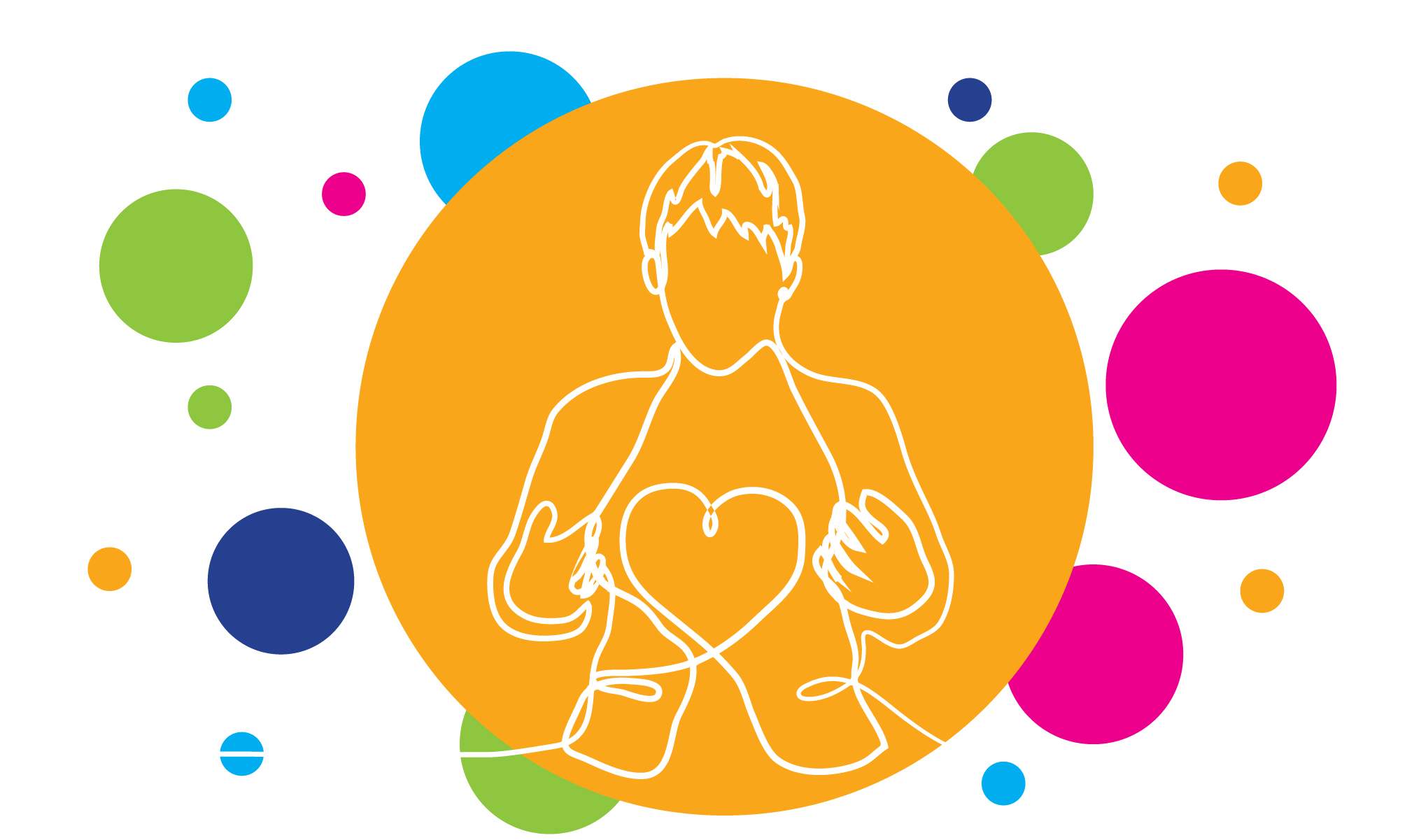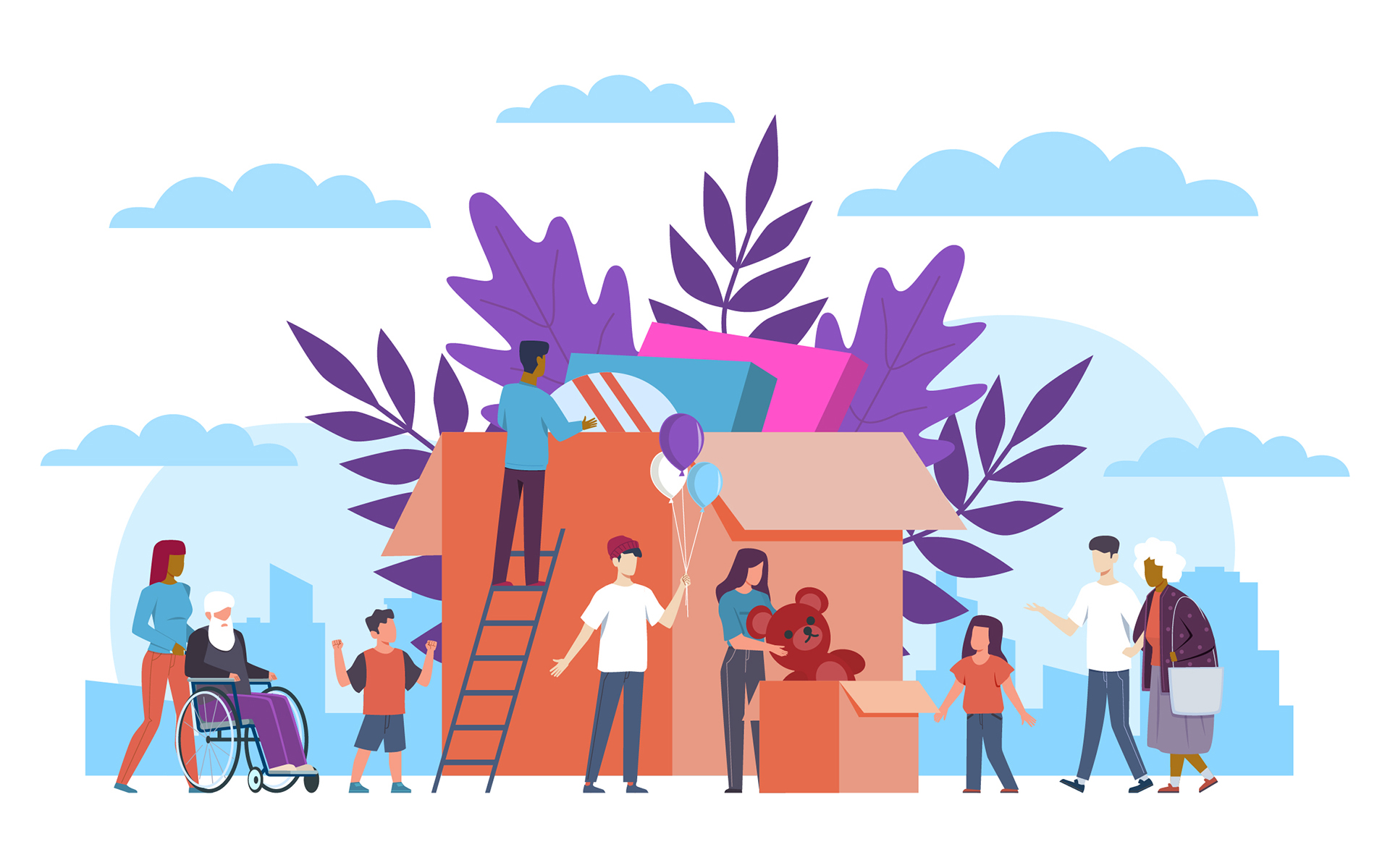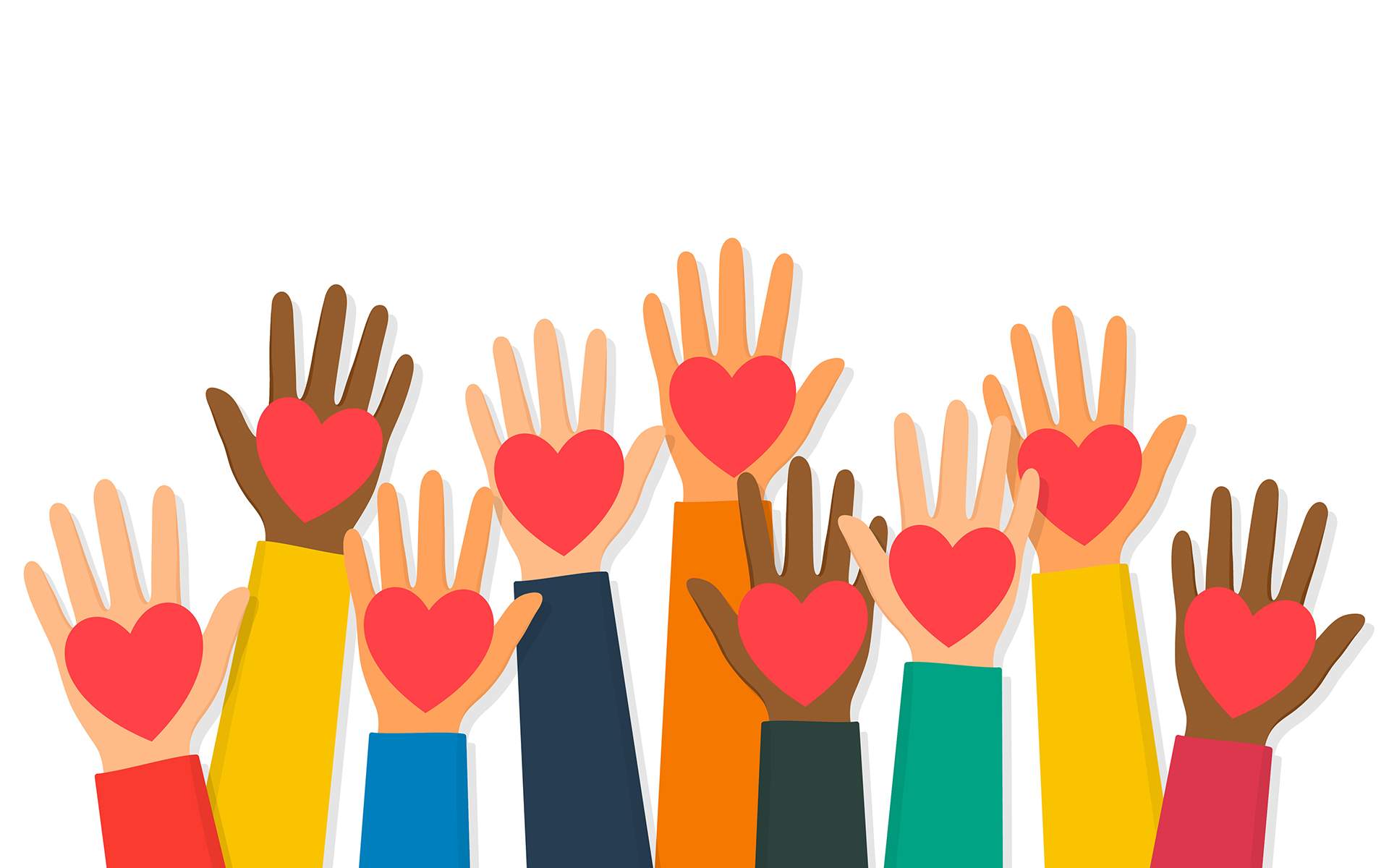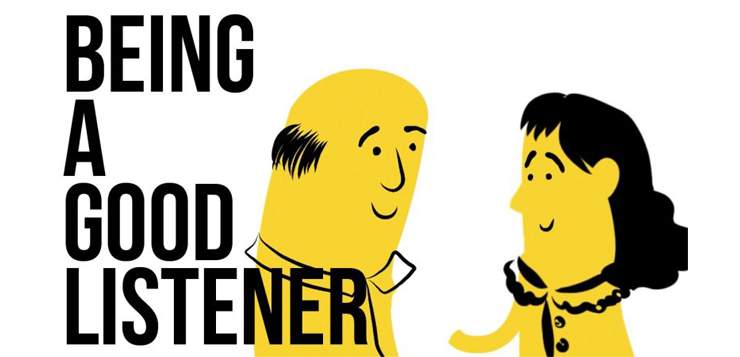Compassion at the deepest level requires us to truly wish the best for someone else. To love them. Unconditionally.
To comprehend love, I think of an iceberg. The tip of the iceberg, the part that sticks up out of the water—this is the part we allow other people to see. For some of us, or in some situations, that visible part is very small. We’re closed off. When we share ourselves more, and when another person holds that space for us, it feels amazing. It feels so good that we want to share even more. We lower the waterline on our iceberg.
This is most obvious for me at parties. When I go to a party and don’t know very many people, I often start off pretty guarded—with just the tip of the iceberg showing. I find myself standing by the food, maybe protecting the chips and dip. The husband of one of my wife’s friends is also there, grazing on the sliced bell peppers and hummus. We strike up a conversation. As we share our names and where we live, the waterline on our iceberg lowers a bit, we start to soften. If we keep the conversation at the surface level—kids, neighborhood news, weather—nothing much changes. This is a line that’s well-worn on the iceberg. The sun nearly always shines here, and the ice that’s above water is weathered and hardened from exposure.
Letting Compassion Arise From Our Pain
Often, the people in our lives who we’re closest to are the ones where we’ve drawn the waterline the lowest. Maybe it’s our high school or college friends—they’ve known us the longest. Because of our shared experiences, they’ve seen more of the iceberg below the surface. It could be friends that share one of our hobbies or passions. We’ve gone deep below the waterline together in certain areas: baseball, music, kids.
There’s a special, deep bond with others with whom we’ve shared a difficult experience, or even a trauma. Maybe we both lost our fathers and have a unique understanding of the grief, even although we weren’t friends at the time. Maybe we experienced abuse. Maybe we suffer because we have alcoholics in the family. Maybe we experienced depression. Maybe we’ve gone through divorce. Maybe we’ve lost our jobs. As we try to unpack these painful situations, searching for ways to heal ourselves, we are deeply appreciative of having these other people in our lives. We can share with them. We can unpack our burdens with them. They reflect our own experiences. They help us heal. When we drop our waterline to expose the beginnings of the jagged, dark scar on our underbellies, they do not flinch. They understand. To prove their loyalty to our vulnerability, they share their own scar. We exhale, letting go of the tension of isolation. We’re so relieved to finally find someone to tell our story to. We have needed to bring this scar into the light. They get it. They get us.
If we are so lucky as to find another person who we can share our entire iceberg with, someone we can bare our soul to, who will love us and appreciate us for all of our faults, as well as the entirety of our strengths, this is rare. A treasure. We typically don’t even do this for ourselves. We have shame or disgust about the dark scars—the ugly parts of ourselves. It’s hard enough to be honest and expose our full iceberg to our own light. To see it fully and to love it. To love ourselves. To have your entire being, rainbows and dark scars, fully exposed to the light. To be held with reverence. With understanding. Unconditionally.
Poets search for words that might touch this feeling. Artists look for combinations of color that awake and stir something deep within. We can learn to give this to ourselves, unconditionally. We can give it to each other, unconditionally. Here’s how.
6 Simple Steps for Building a Culture of Compassion
1) Microcompassions
The opposite of microaggressions is microcompassions. These are actions we can take every day, every moment. Microcompassions happen any time we’re moving from me to we, any time we’re lifting someone up, any time we’re making connections. These are things we can do to consciously help someone else’s light shine brighter.
2) Smiling
It’s not hard. When we’re walking the dog. When we greet each other in a meeting. When we’re in line at the grocery store. Just smile. Say hello.
3) Compliments
This follows the smile. When we see someone, we can first smile at them. Then, we can notice something good about them. “Oh, I like your earrings.” “Your shoes are cool.” “I like what you said in the meeting last week.” “I always appreciate seeing you.”
4) Inclusion
In a meeting we often hear only a few voices, while others remain quiet. We can bring the quiet ones into the fold. “Jane, I’d really like to hear what you have to say.” Or, if you’re getting together with friends, is there someone who often isn’t included who would like to be invited?
5) Listening
Just listen, with the intention of deeply understanding the other person. Not thinking about your own story. Not waiting to interject. What are they trying to say, and why?
6) Curiosity
What question can you ask that will light someone up? Get curious. Make it a point to remember. “Sanjay, how’s that patio project coming?” “Lisa, what’s your puppy up to this week?” “Colin, have you been surfing lately?” And my favorites: “What’s most alive for you right now?” “What are you most grateful for today?”
Compassion doesn’t have to be a big act. We can create a culture of compassion in our workplace, in our family, in our neighborhood, with simple gestures. Here’s a nice surprise: Each of these, if we do them with an open heart, will make us feel better.
Excerpted from The Full Body Yes by Scott Shute. Reprinted with permission from Scott Shute, Page Two Books, May 11, 2021.

READ MORE
How to Be More Compassionate: A Mindful Guide to Compassion
Through loving-kindness and practicing awareness, you can connect more deeply with both yourself and others. Explore our new guide to lean into kindness and cultivate compassion every day.
Read More
Finding Community (Where You Least Expect It)
Even when you feel disconnected, you’re part of something larger than yourself. Your community is not just who you already know—it flows in abundance when you’re in need.
Read More
Savor Your Values: Finding Strength In Compassion
Mindful Self-Compassion teacher Steve Hickman offers this powerful practice to recognize and affirm the personal values that underlie our most challenging emotions.
Read More











